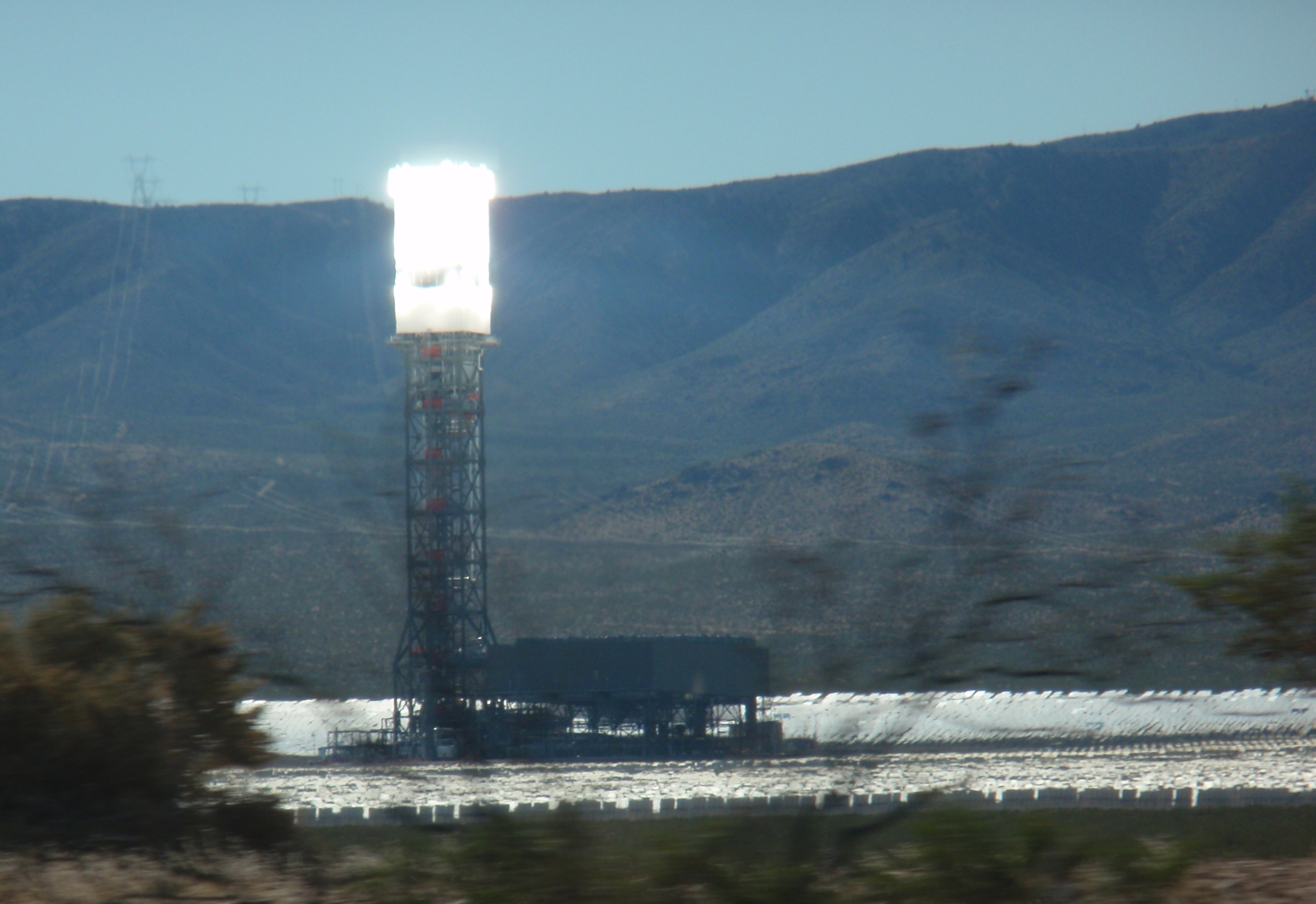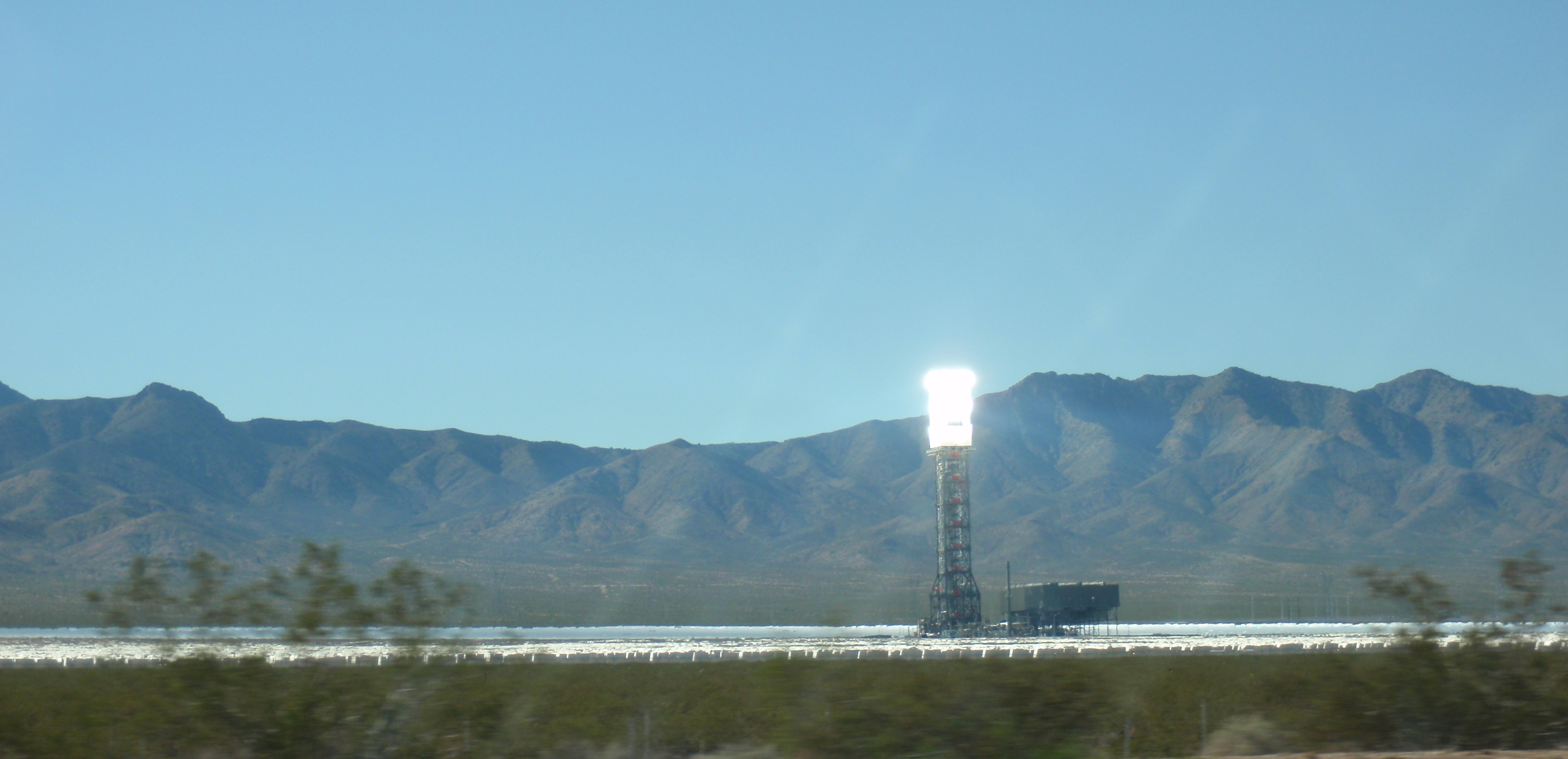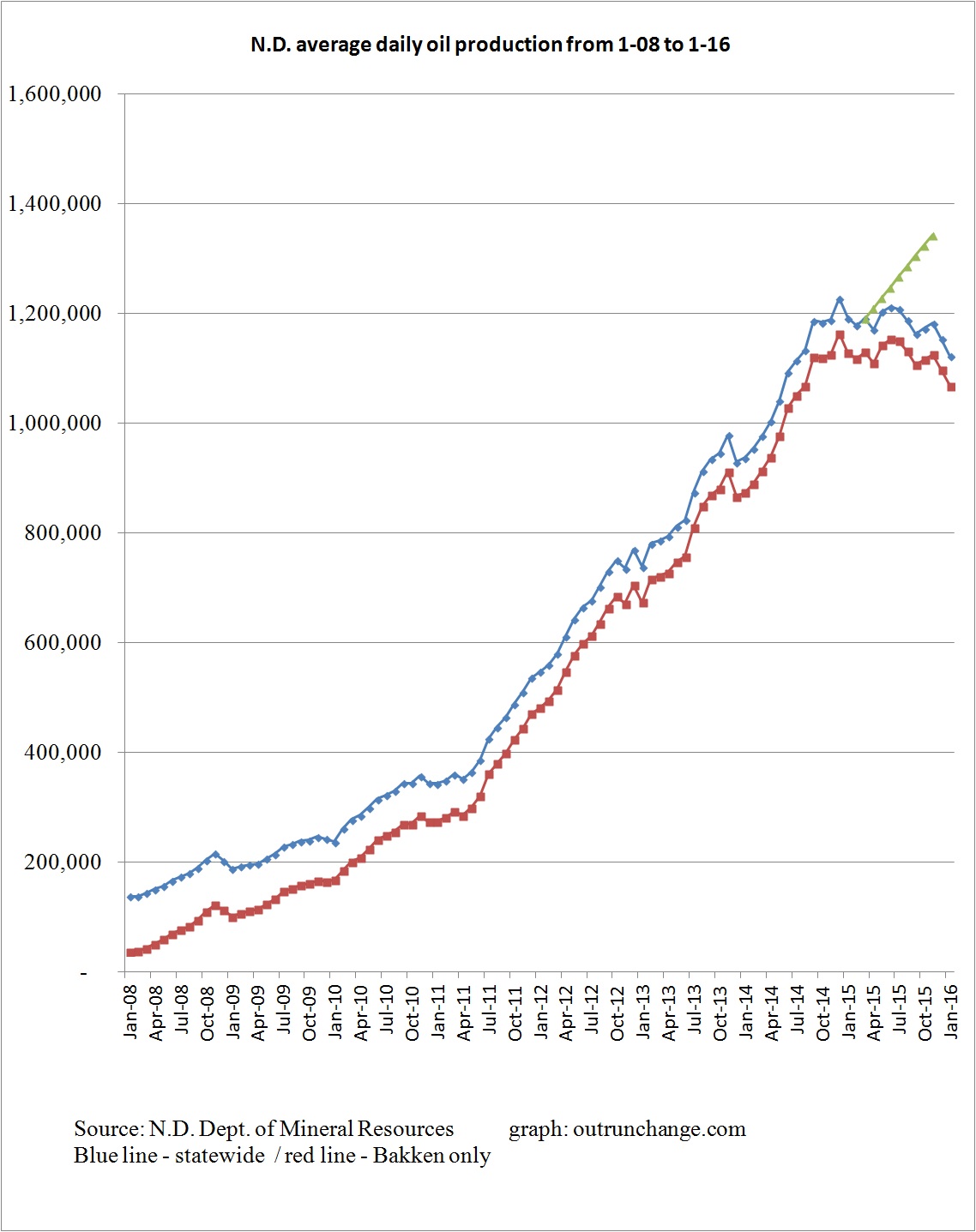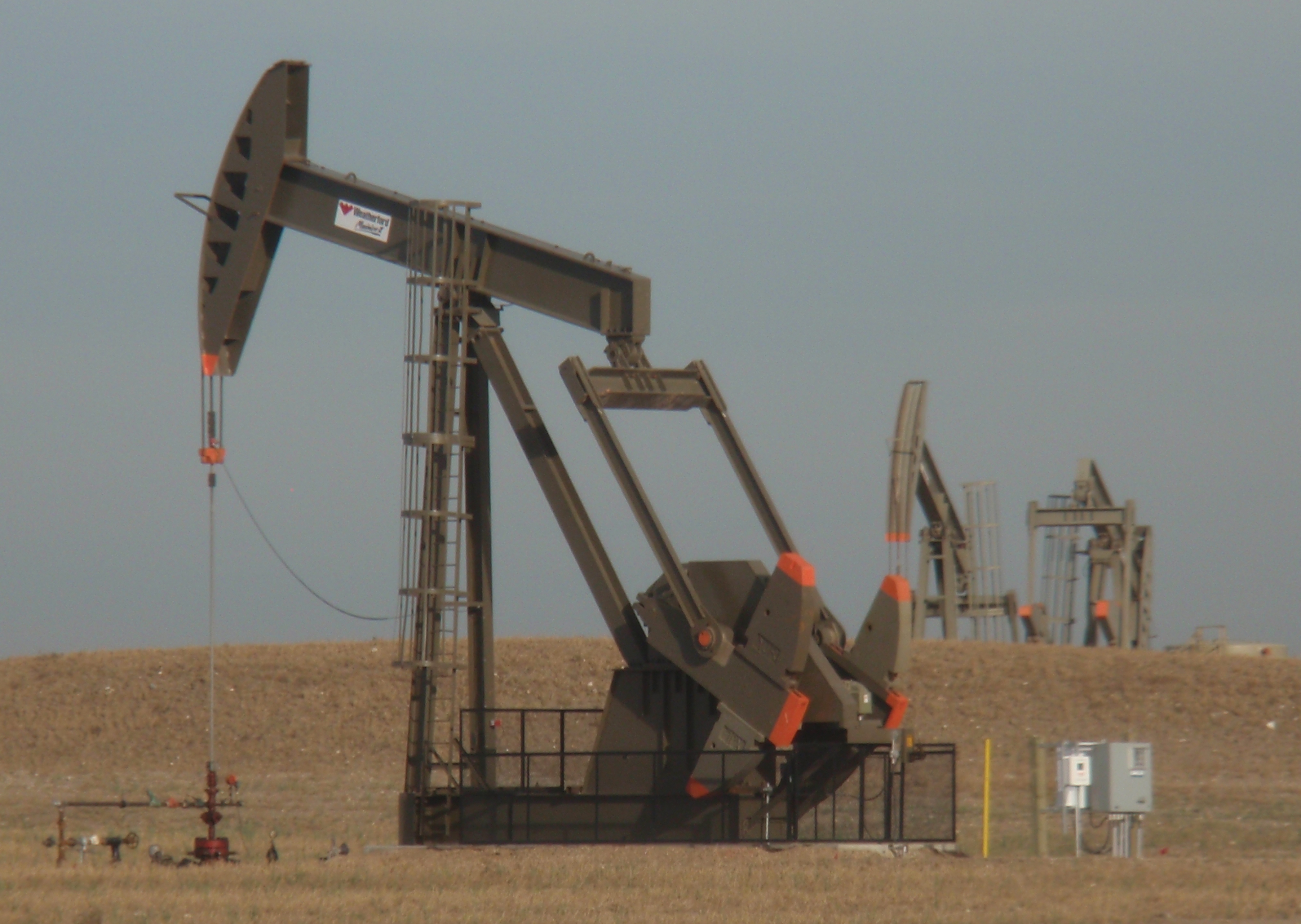
The fight over whether to shut down all man camps in Williston isn’t over.
3/19 – Bismarck Tribune – Man camp operators will fight back – The Williston city officials will have a second read of an ordinance to force all man camp operators within their reach to shut down. Target Logistics has dropped into the discussion a threat to sue if the city doesn’t give them more time to close down in an orderly manner.
The core argument is made yet again through an interview with a rotational crew worker. He works two weeks straight and then has two weeks off. Working twelve hours a day, plus time to get ready in the morning and turn in at night leaves little time to prepare food or do laundry.
Continue reading “Update on battle over crew camps in Williston”












